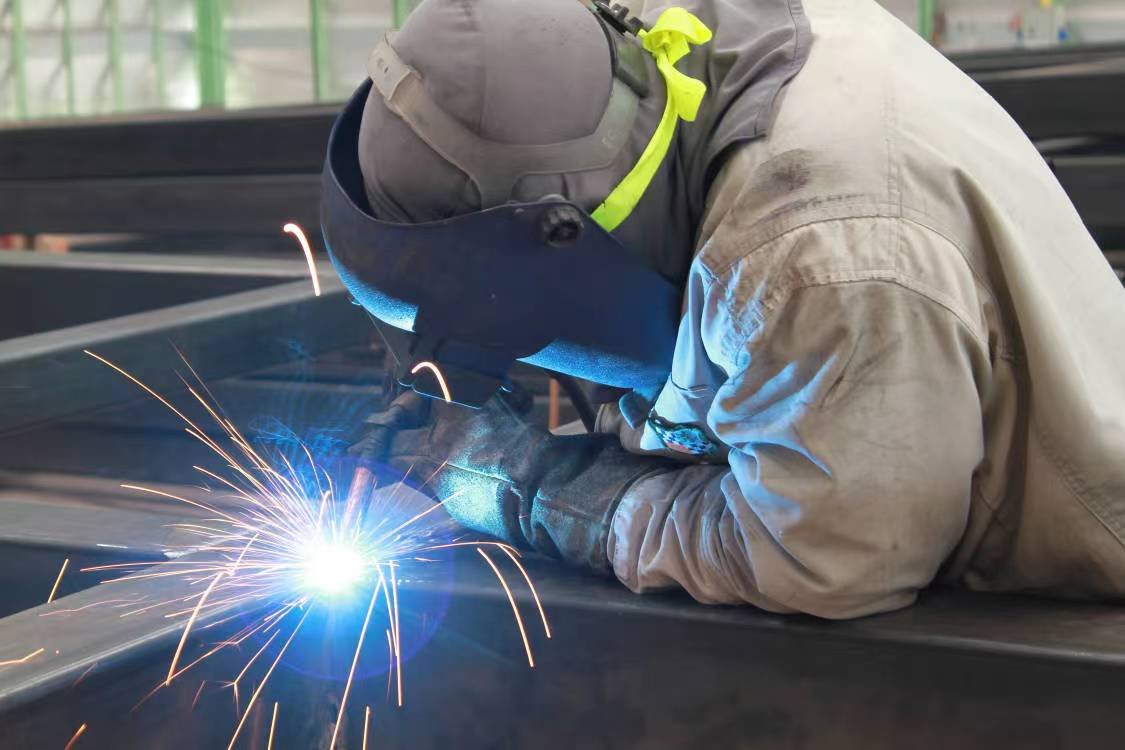Sheet Metal Forming Innovations: Pushing the Boundaries of Design and Functionality+ View more
Sheet Metal Forming Innovations: Pushing the Boundaries of Design and Functionality
+ View more
Date:2023-11-24 11:00
Introduction:
Sheet metal forming is a manufacturing process that involves shaping metal sheets into various desired forms. Over the years, advancements in technology and engineering have led to remarkable innovations in this field, pushing the boundaries of design and functionality. This article explores some of the recent developments in sheet metal forming and their impact on industries.

1. High-strength materials:
One key aspect of sheet metal forming innovation lies in the utilization of high-strength materials. Traditional metals like steel and aluminum have been replaced with advanced alloys such as titanium and carbon fibre composites. These materials not only possess exceptional strength-to-weight ratios but also offer enhanced resistance to corrosion and fatigue. The use of high-strength materials enables the production of lighter and more durable components, revolutionizing industries such as aerospace, automotive, and construction.
2. Additive manufacturing:
Another significant breakthrough in sheet metal forming is the integration of additive manufacturing techniques. By combining 3D printing technologies with traditional sheet metal forming processes, manufacturers can create complex geometries previously impossible to achieve. This integration allows for intricate designs with superior functionality while reducing material waste and production time. Additive manufacturing has opened doors to endless possibilities in the fields of customized parts, prototyping, and rapid production cycles.
3. Simulation and virtual prototyping:
Advancements in computer-aided design (CAD) software and simulation algorithms have played a vital role in pushing the boundaries of sheet metal forming. Engineers can now simulate the entire manufacturing process virtually, optimizing tooling designs, predicting potential defects, and ensuring product quality. By eliminating the need for physical prototypes, these simulations save both time and resources. Virtual prototyping also encourages iterative development and facilitates collaboration between design and manufacturing teams.
4. Intelligent tooling systems:
Traditional tooling systems used in sheet metal forming have evolved to become more intelligent and adaptable. Sensors and actuators embedded within the tools enable real-time monitoring of process variables such as temperature, force, and vibration. This data provides valuable insights into the forming process, allowing for precise adjustments to optimize part quality and reduce waste. Additionally, intelligent tooling systems can detect potential issues before they lead to costly defects, ensuring improved productivity and efficiency.
5. Robotics and automation:
Automation has revolutionized various industries, and sheet metal forming is no exception. Robots equipped with advanced vision systems and robotic arms are now employed for tasks like material handling, assembly, and inspection. Automation not only enhances production speed but also improves safety by eliminating the need for human operators in hazardous environments. By integrating robots into the sheet metal forming process, manufacturers achieve higher accuracy, consistency, and productivity.
Conclusion:
Innovations in sheet metal forming have broadened the horizons of design and functionality, enabling the creation of lighter, stronger, and more intricate components. The use of high-strength materials, additive manufacturing techniques, simulation tools, intelligent tooling systems, and robotics have transformed the sheet metal forming industry. These advancements not only enhance product performance but also contribute to sustainability by reducing material waste and optimizing production processes. As technology continues to evolve, we can expect even more groundbreaking innovations that will further push the boundaries of sheet metal forming.
Share to:
Recommend wonderful blog posts

